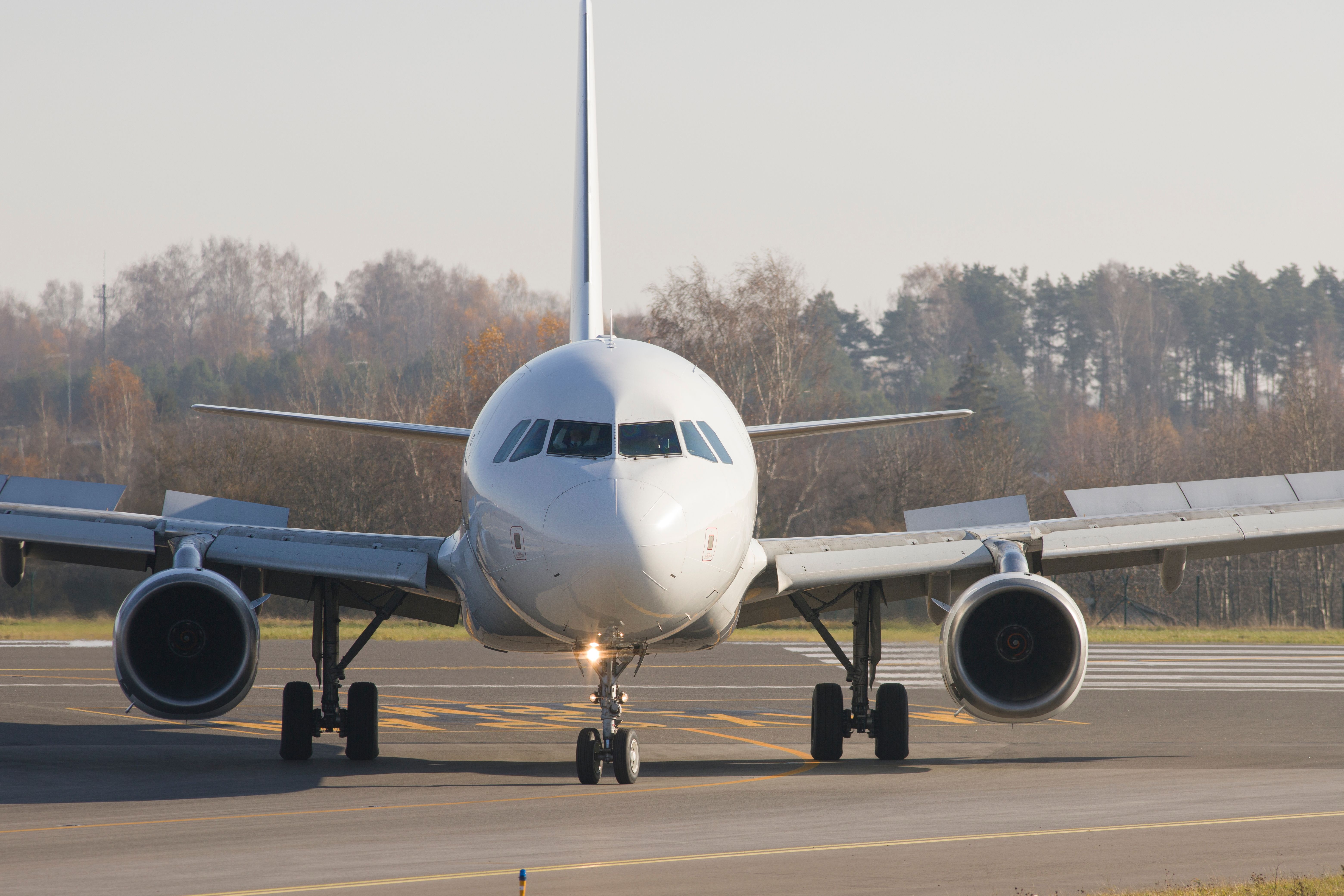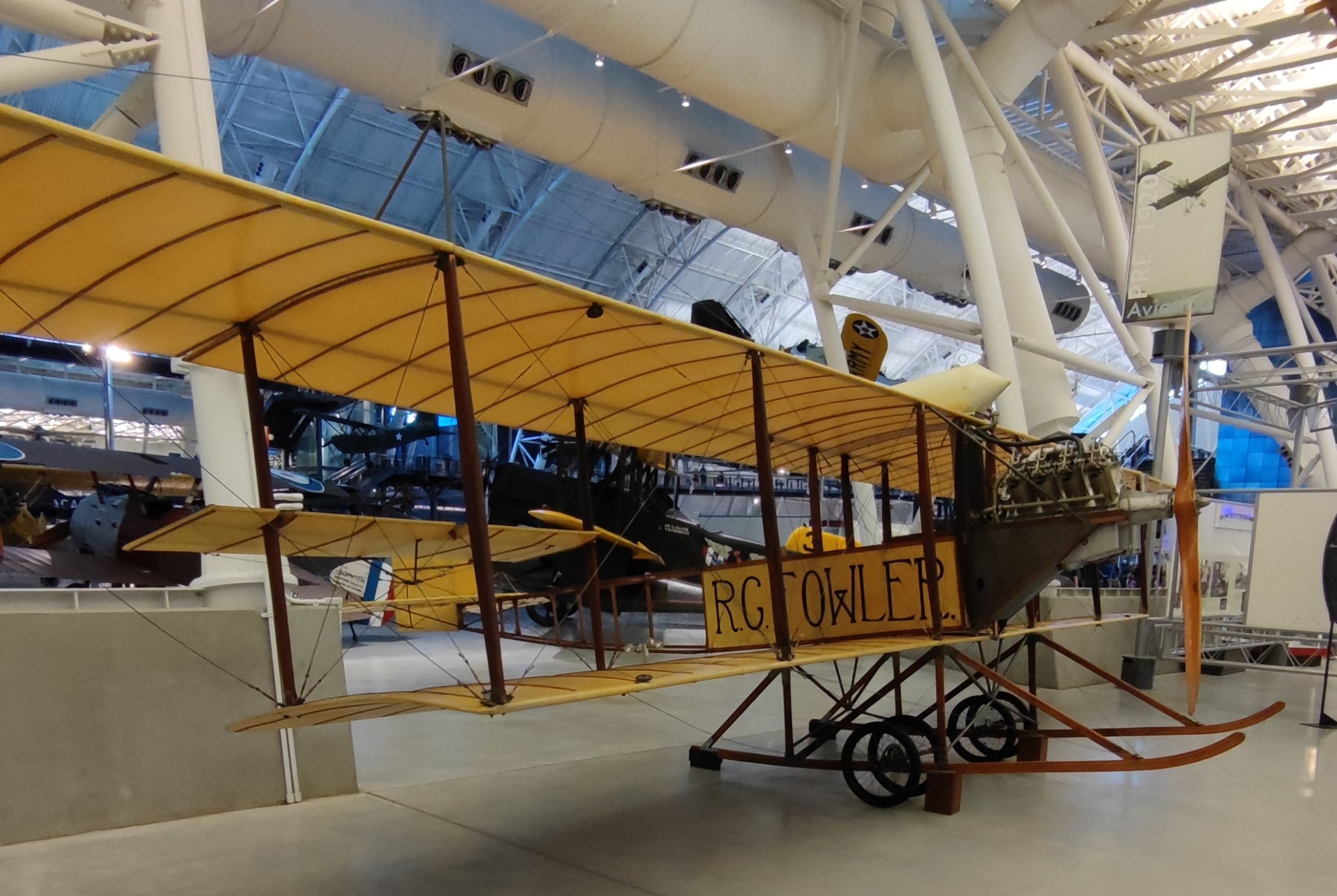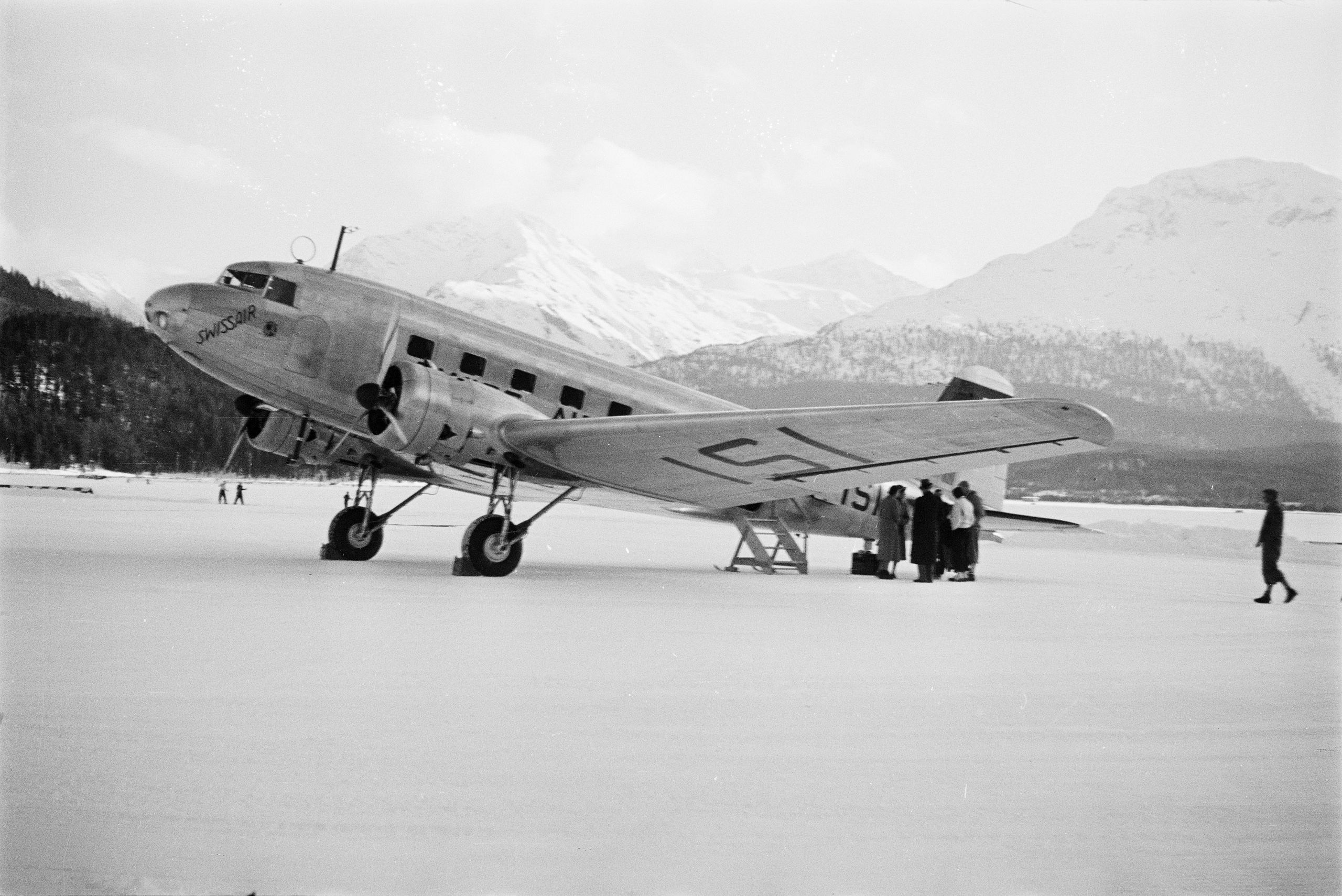As stated in our article on the five freedoms of the air, aviation is a uniquely regulated industry. Indeed, the sector is managed through bilateral, transnational, and international agreements and institutions. Yet, the seminal agreement of the global aviation industry is the Chicago Convention of 1944, which also gave birth to what we now know as the International Civil Aviation Organization (ICAO). Here, we explore the Convention's history and the establishment of the aviation world order.
The history before, and behind, the Convention
The desire to create a unified system for international air travel can be traced to pioneering French aviation lawyer Paul Fauchille. In 1900, he recommended establishing international air navigation standards long before the industry existed in any commercial form. In 1903, Fauchille and the French Government attempted to create a treaty on airspace sovereignty but failed.
Only after the First World War did states seek to regulate the air through international law. In 1919, 27 states signed the Convention portant réglementation de la navigation aérienne, the Paris Convention of 1919, establishing exclusive sovereign jurisdiction of national airspace.
In 1944, the United States invited others to Chicago with the goal of establishing a new aviation order. Although the US had a varied history regarding multilateralism, it hoped that this new system, premised on free-market ideals and relative liberalization, would favor the already dominant American aerospace industry. The Chicago Conference of 1944 would come to be known as the Convention on International Civil Aviation or the Chicago Convention.
Contents of the Convention
Unfortunately for the US, its aspirations to ensure a US-dominated and liberalized aviation order would not be achieved. Competing interests between the North American and European nations ensured that national sovereignty, as the 1919 Paris Convention prescribed, would be reaffirmed. Moreover, national priorities arguably re-entrenched the importance of states in international aviation at a cost to commercial entities.
As for market liberalization, the Convention, or the signatories, avoided the issue of market access and economic privileges. Instead, the conference of parties became most concerned with technical issues. These included those surrounding navigation and aircraft registration, for example.
The creation of the (Provisional) International Civil Aviation Association
As part of the broader Chicago process, the signatories agreed to create an organization to assist states with international aviation. This was particularly regarding technical, advisory, and harmonization issues.
This proposed organization would be known as PICAO and have its seat in Canada. PICAO was to be replaced by a permanent organization within three years after the ratification of the Chicago Convention by 26 states. In 1947, Spain became the 26th country to ratify Chicago, and thus PICAO was disbanded and replaced by ICAO, a United Nations agency.
Like PICAO, ICAO would use the Chicago Convention as its charter, ensuring that the institution remains focused on nine core goals. With its objectives ranging from safety and navigation to economic development and environmental protection, ICAO is undoubtedly a fundamental institution for the proper functioning of international aviation.
The role of ICAO nowadays
ICAO is often misunderstood. It is seen by people as the regulator of the airline industry globally, with powers that would undermine national sovereignty. For instance, when Mexico's current president canceled the construction of Mexico City's Texcoco International Airport and instead opted for building the new Felipe Ángeles International Airport (NLU), many claimed that ICAO would never approve the latter airport. The Montreal-based organization had to publicly state its role as an international standard-setting body.
ICAO currently assists the 193 contracting states to the Chicago Convention as they develop and adopt standards, practices, and policies for international civilian flight. Its secretariat is funded and directed by states to provide technical, legal, and administrative support for their air transport cooperation. It also develops programs, guidance materials, and closely integrated auditing, training, and implementation support initiatives to help countries benefit and prosper from their improved compliance with global norms.




